They spread in the 17th century (example at the end of the slide show, Yoshimura 吉村 House, residence of a 17th century village chief near Osaka).
The wood was generally unlacquered according to the traditions of sanctuary architecture.
Edo period, the dedicated deity may be that of the clan.
In the houses of artisans and merchants, there may be combined Shinto and Buddhist deities, such as Ebisu 恵比須, *Koujin 荒神 or Inari 稲荷. It was not uncommon for houses to have several distinct kamidana. Kamidana were most often located in one of the main everyday living rooms or in the kitchen.
Condition: wood blackened by smoke - small shocks. Traces of humidity, encrusted dust.



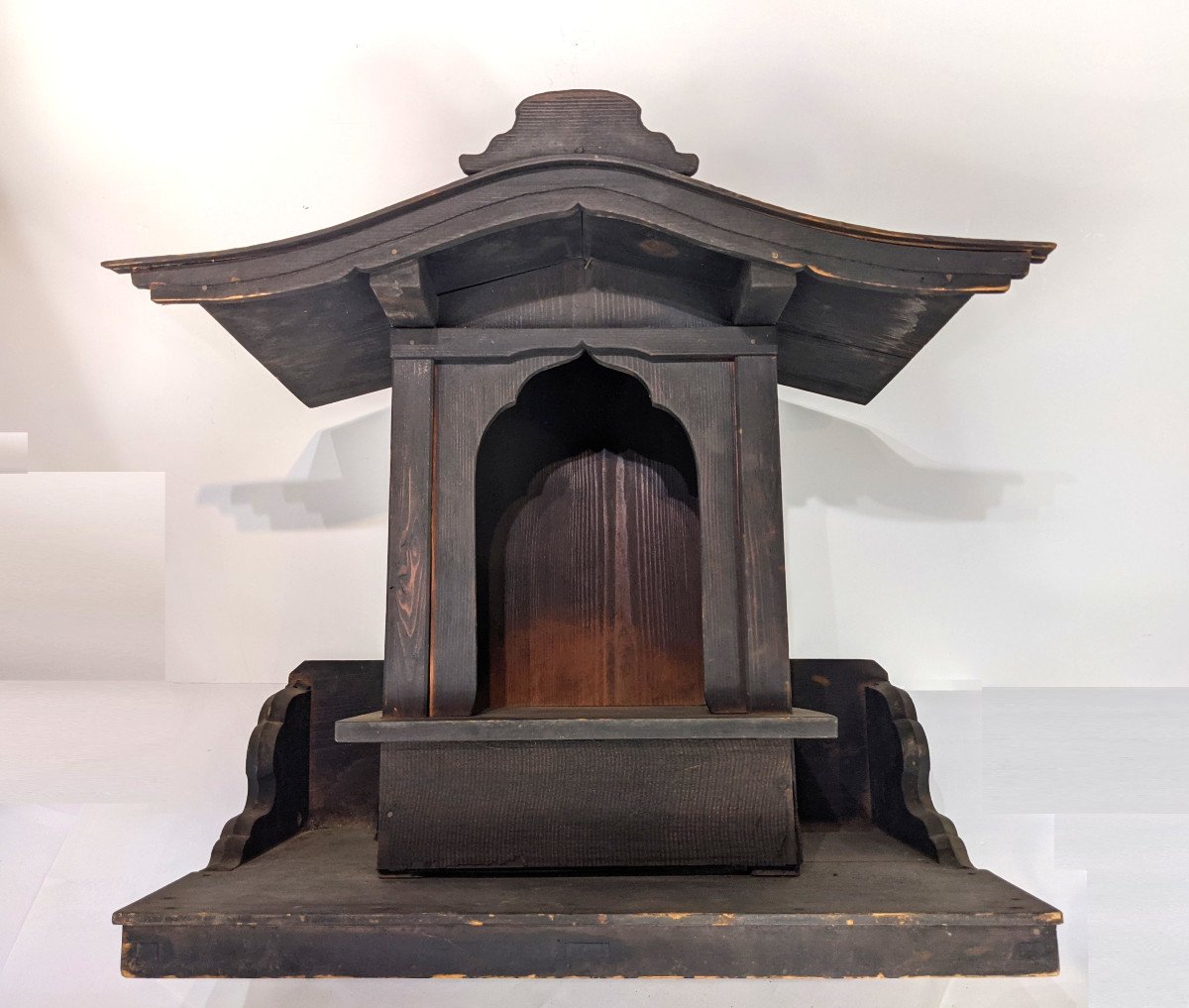

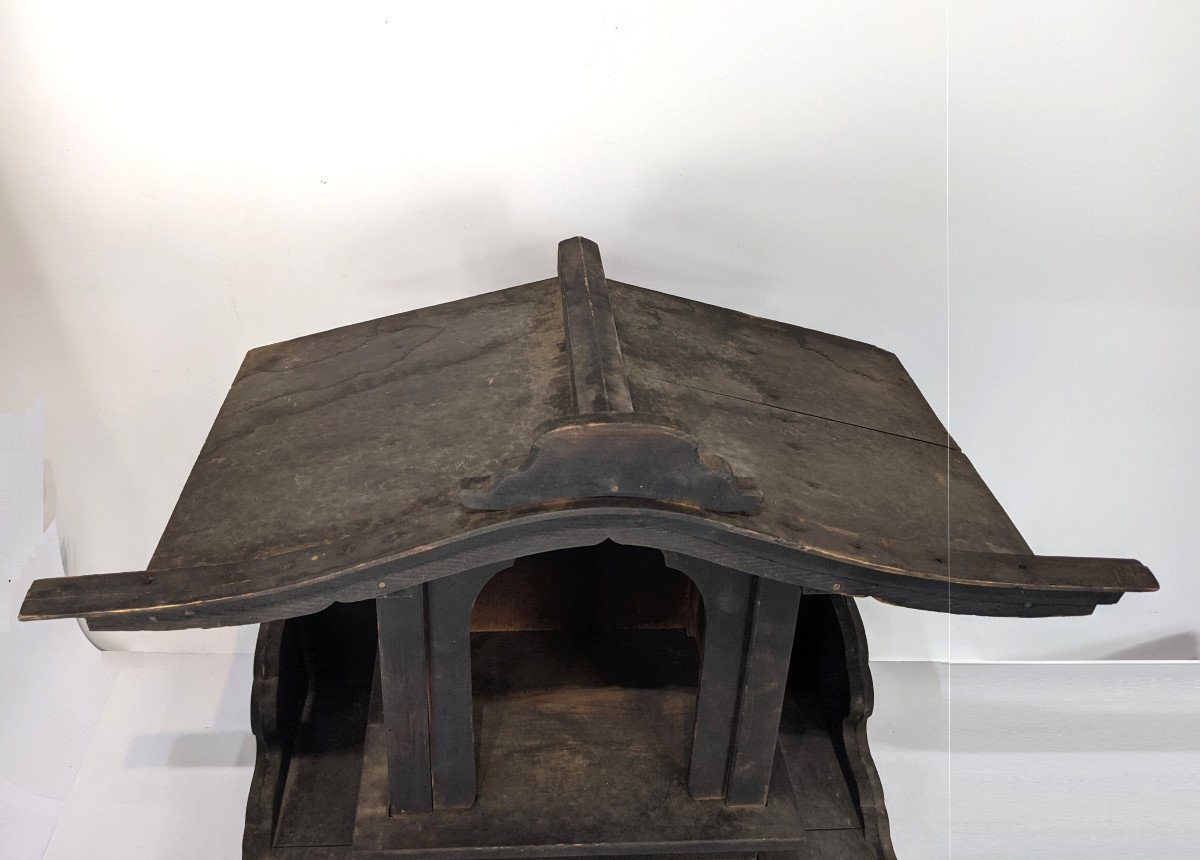
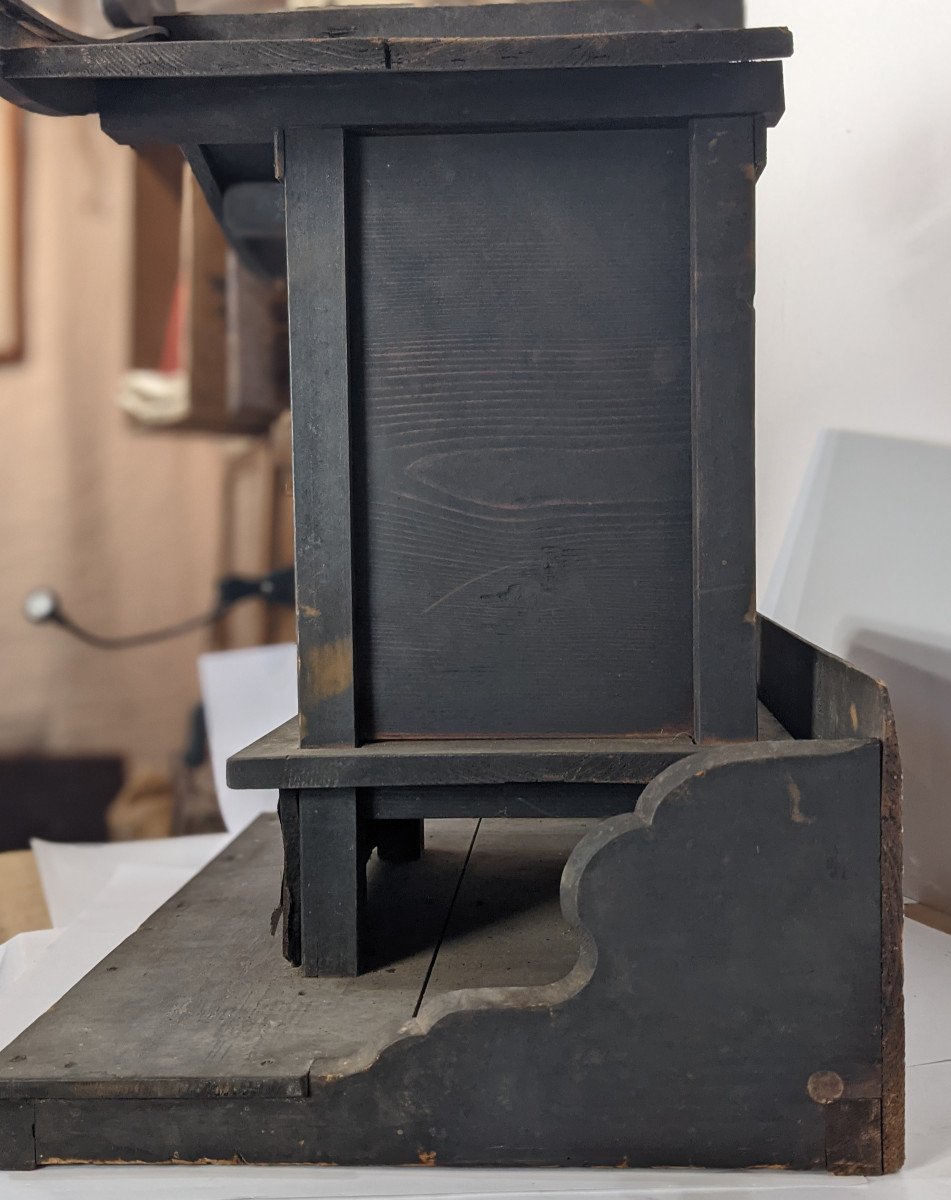





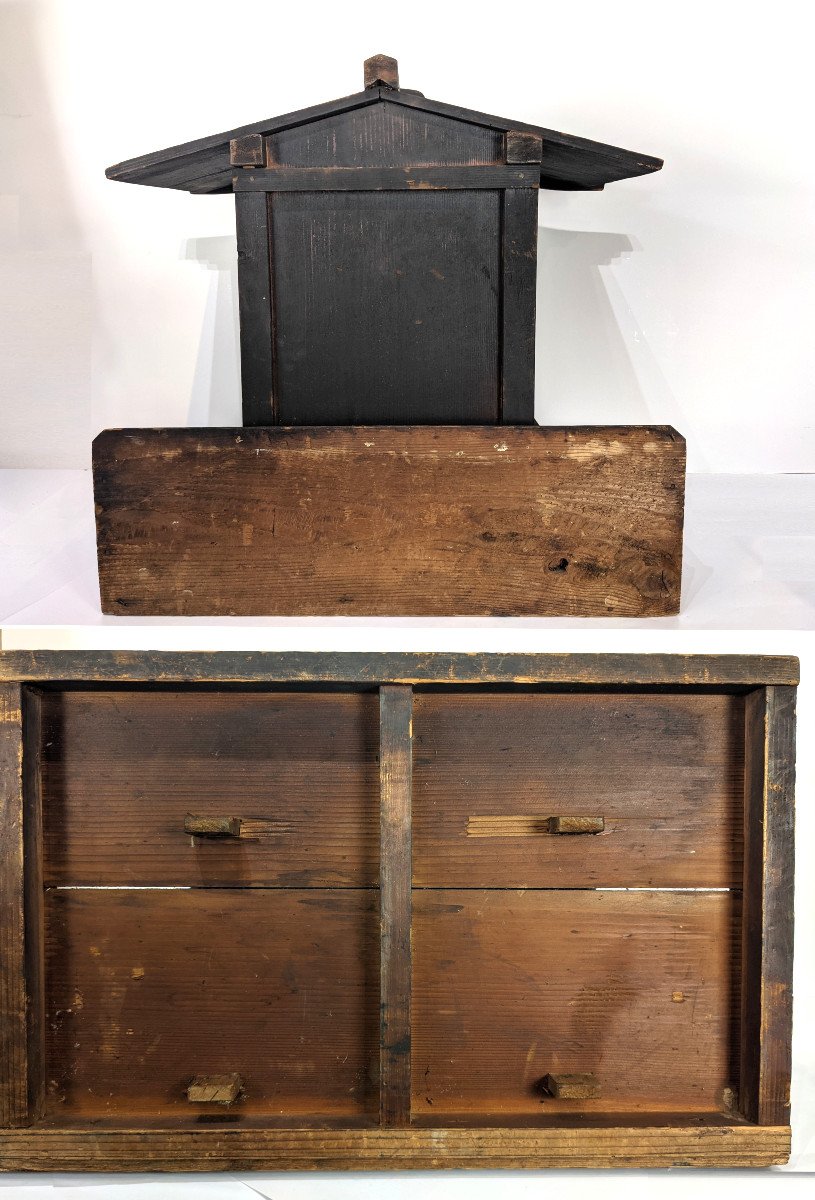














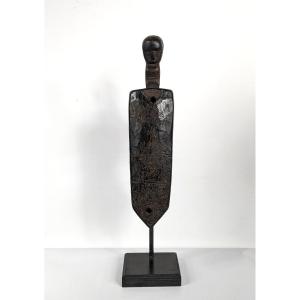




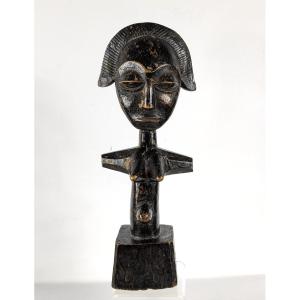










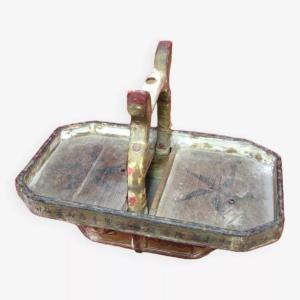

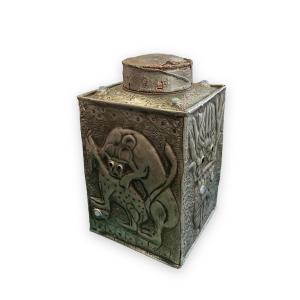




 Le Magazine de PROANTIC
Le Magazine de PROANTIC TRÉSORS Magazine
TRÉSORS Magazine Rivista Artiquariato
Rivista Artiquariato